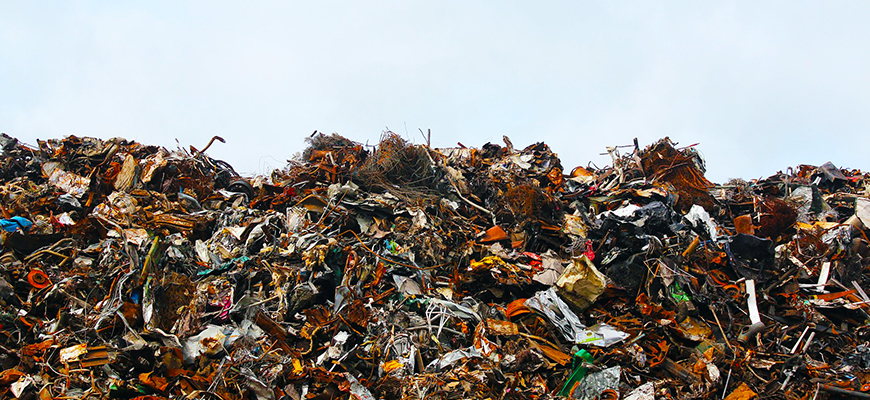
Creating your own Rocket Industrial personal account has many benefits:

This is a guest post by Meleesa Johnson, director at Marathon County Solid Waste.
Waste recovery and recycling professionals rarely have any influence over the beginning of the life of a product. So, when I told my colleagues I would be writing a couple blog posts for my friends at Rocket Industrial, they all started talking at once (well, at least they did so virtually). Emails were flying and ideas started coming in with such speed that I was losing track. You see, we are the forgotten people when it comes to the beginnings of a product and its packaging.
I could start out by discussing the facts, figures and functional logistics of managing post-consumer products, but I found out that is the quickest way to lose an audience. Instead I thought it best to convey my points, in these posts, by way of a few absolutely tantalizing stories (or at least averagely interesting stories) …
This story starts about 10 years ago. I needed paint for the kitchen. The brand I wanted had the perfect color, so off I went to Lowes. I pointed out the color, on the paper swatch, to the clerk and she quickly set to work mixing my paint. With the stopping of the shaker she handed me my paint. And to my horror I discovered a “can” of steel and plastic all fused together, shattering every facet of my steadfast recycling sensibilities!
“Why, oh why would a product designer do such a stupid thing!?” I lamented (throwing in a few f-bombs with that lament!). “This thing-- this holder of my paint—can’t be recycled!”
This strange hybrid, a steel top and bottom, along with HDPE (high-density polyethylene) circular sidewall, cannot functionally be recycled in our current system. Both steel and HDPE have great recyclability (when cleaned of most debris), but the fusing leaves a container that is simply garbage.
The packaging designer likely thought that container was perfect. After all it was made of two different materials that are recyclable and met the specifications of the customer. However, the separation of those two valuable recyclables is nigh on impossible.
Now some might say that that container could be deconstructed in order to capture those two commodities, steel and HDPE. That of course would be a correct statement. However, how many extra systems, how many extra pieces of equipment, how many extra hands would be needed to do so? Would the benefit out weight the costs? Even if you had a specialized system to saw off the tops/bottoms, could any remnant of steel left on the HDPE contaminate an entire load of detergent bottles? Conversely, could the HDPE contaminate a load of tin cans? What would that cost the material recovery facility?
So, to the packaging designer I say start at the end to understand the beginning.
Waste recovery and recycling professionals are a very approachable group. We are passionate about what we do day-in and day-out. We have perfected the art of responding to all the upstream decisions of producers and consumers. We have devised a wide array of strategies to capture resources from trash. However, there are simply some things we can’t fix. Using the Smokey Bear message, corrupted for my purposes, “Only you can prevent waste…”

Meleesa Johnson is the director of solid waste management for Marathon County. She oversees solid waste programming and facilities serving central and north-central Wisconsin. She oversees a $3.5-$5 million operational budget and capital budgets in excess of $5 million. Under her leadership the Solid Waste Department transitioned from primarily a landfill business to a regional resource for residents, businesses and local governments working on waste reduction and recycling programming as means of creating greater sustainability.
Rocket Industrial is a strong believer in doing our part to remove as much packaging waste as possible through optimal packaging designs and testing. To learn more about how you can 'Package With Less', contact us.